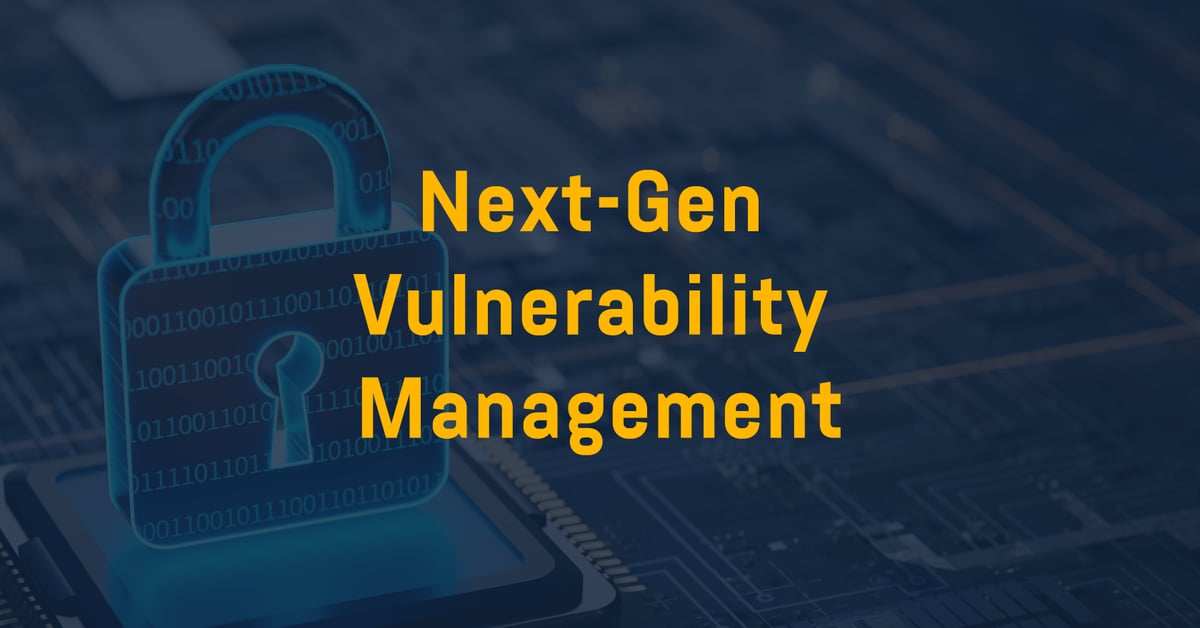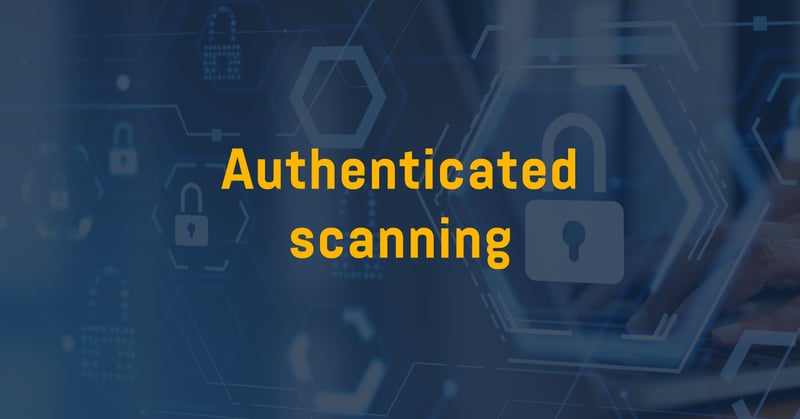Coming up in 2025: Building the future of Next-Gen Vulnerability Management

As organizations face increasingly complex infrastructure and an expanding attack surface alongside increasing regulatory demands, they continue to need vulnerability management to reduce risk and protect business operations.
Based on feedback from our customers, we will launch the following features throughout 2025 to help security teams achieve faster resolution, clearer visibility, and greater confidence in their vulnerability management efforts. Whether you manage thousands of endpoints or complex cloud infrastructure, our platform is evolving to meet your needs - with greater precision and flexibility than ever before.
Here are highlights from the 2025 roadmap.
A focus on performance & user experience
We have worked intensely for nearly 10 years to provide the features our customers require. Our platform now provides a competitive set of features, which allows us to shift focus to future enhancements, taking stability, performance and user experience into account.
In 2025, you can expect to see:
- An improved and simplified menu structure
- Clarified asset details and statistics
- Improved workflows and shortcuts between views
- Easier sharing of views and filters
- Quicker access to assets and vulnerability information
Enhanced Device Agent capabilities
The foundation of a strong vulnerability management strategy is accurate, timely detection. In 2025, we are expanding the power of our Device Agent to support more environments and provide better signal-to-noise ratios in your findings.
Key enhancements include:
- Improved detection of identified application patches
- Ability to ignore vulnerabilities on devices to reduce alert fatigue
- Support for new threat intelligence sources to strengthen risk scoring
These updates enable deeper coverage, improved flexibility, and more actionable insights for asset owners and security teams alike.
A new agent for Linux
We’re also adding a dedicated agent for Linux, starting with Red Hat-based systems, and plan to add support for multiple other Linux OS’s in 2026.
Team-sharing dashboards with granular analytics
To support decentralization and scale, dashboards can now be set up and shared with different teams. This allows different groups within the organization to view and analyze their own assets while still operating within a unified platform.
These enhancements allow for easier program oversight and improved reporting alignment across departments.
What’s new:
- Tags for easier filtering of assets and vulnerabilities
- Dedicated team views for segmenting data based on team-owned assets
- Statistical breakdowns at the tag level to monitor trends and exposure
Revamped remediation workflows
Finding vulnerabilities is only one part of the equation - resolving them quickly and efficiently is the other. We’re introducing major changes to our remediation experience to reduce complexity and improve accountability.
These features are designed to help teams move faster and close security gaps with greater confidence.
Highlights:
- Ability to group vulnerabilities and assets to create a more manageable workflow
- Improved task-tracking with subtasks
- Asset ownership and ability to assign team ownership
- Centralized integration setups to external ticketing systems
A new report engine
We’re planning a new reporting experience to provide flexible, easy-to-digest insights for technical and non-technical audiences alike. The new reports will be fully integrated across Security Center, allowing you to export reports from various views and perspectives on your data.
With these tools, those in charge of security can drive more informed decision-making and better demonstrate the progress of risk-reducing measures.
Updates will include:
- Pre-built and customizable reports across assets and vulnerabilities
- Executive-level summaries and compliance-focused views
- Integration of views across Security Center for an improved workflow and to easily export data
- Improved compliance reports for e.g., NIS/NIS2, DORA and ISO 27001
Advancements for cloud-native platforms
As more infrastructure shifts to the cloud, organizations need consistent risk visibility across hybrid environments. In 2025, our platform will receive additional support for cloud-native environments, including posture and configuration risks.
These capabilities support a more cohesive view of your environment and ensure security is consistent, no matter where workloads reside.
Cloud features will include:
- Asset management of cloud assets across multiple cloud providers
- Vulnerability prioritization and management for cloud threats, including misconfigurations, overly permissive access, and other cloud-specific issues
- Reporting and analytics of cloud assets and vulnerabilities
- Unified prioritization that ranks cloud and non-cloud asset risks in a single risk model
Get in touch!As always, we appreciate the feedback that helps shape our product and look forward to workingtogether toward a more secure year ahead. Get in touch with our sales team to learn more. |

Erik Torlén
CTO
Erik has over 12 years of experience scaling enterprise businesses and technology for a global audience. Erik has a software development background and previously worked as CTO at Apica.




